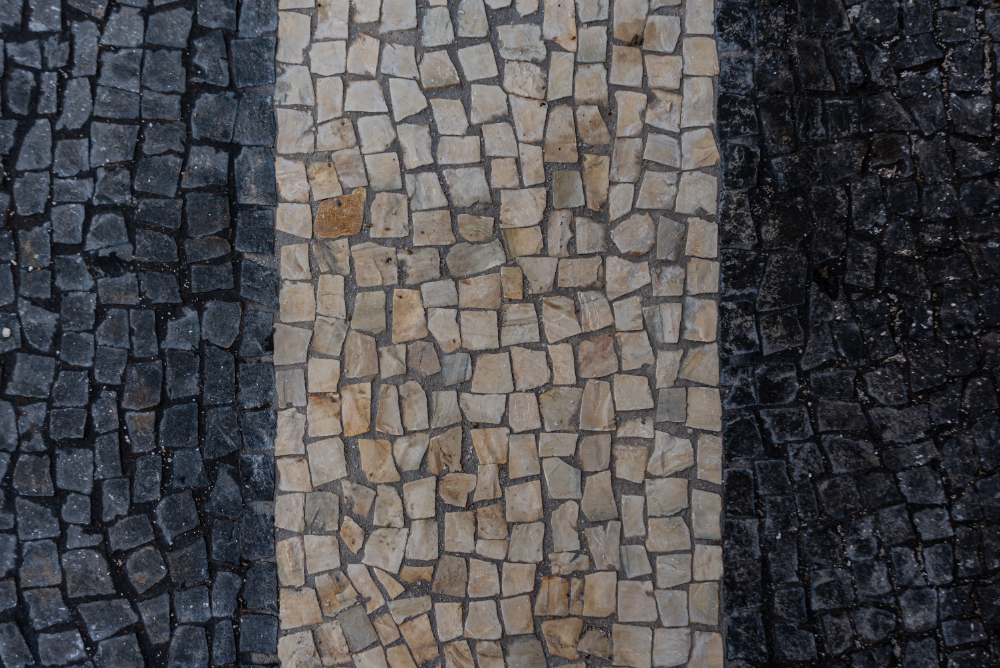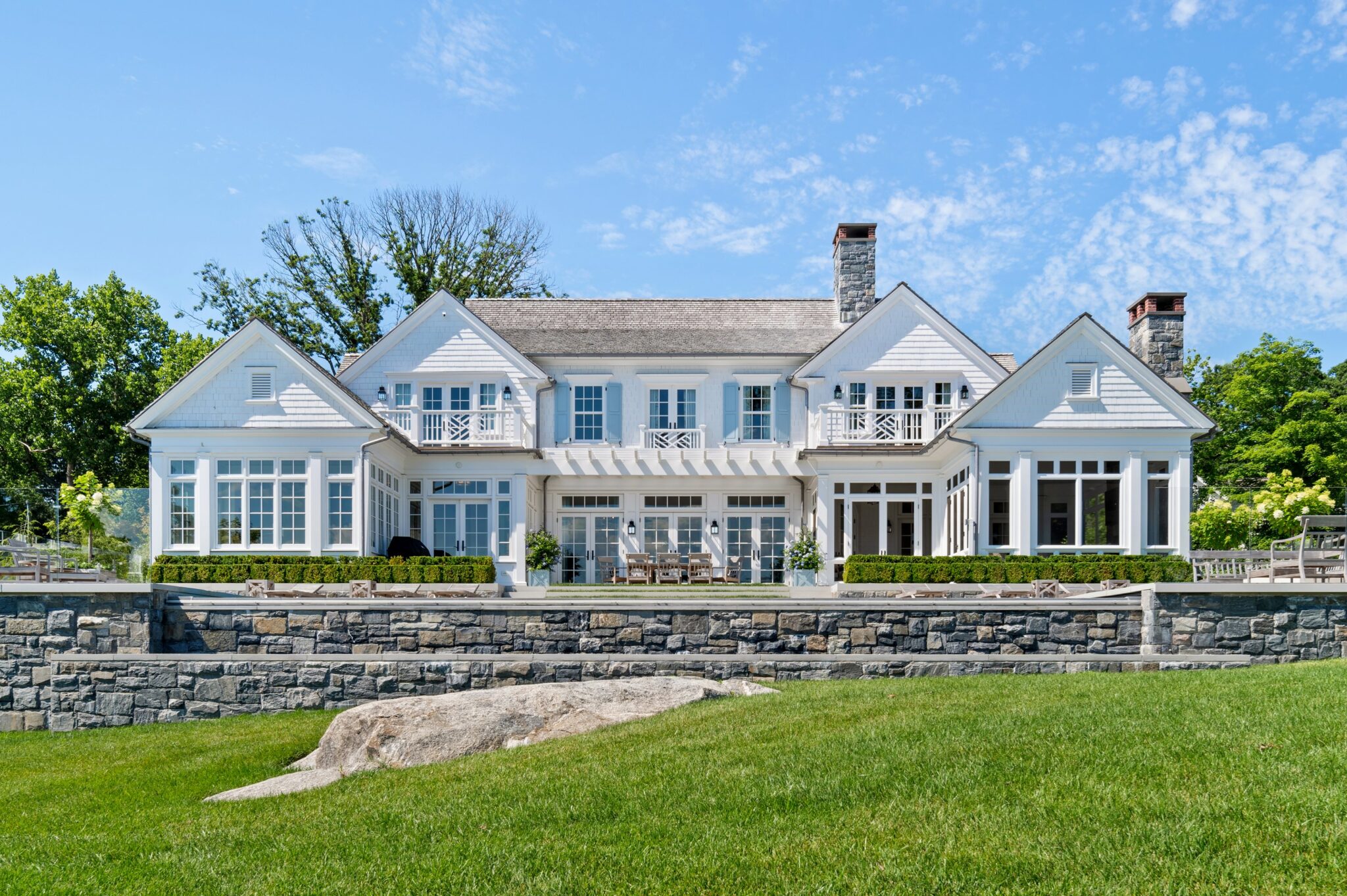
Cobblestones are beautiful, strong, and natural materials that have been popular from history to modern paving projects. The small stones are collected from the riverbed, where the water flow makes them round. Cobblestones are mostly used for construction projects and decoration purposes. Cobblestone roads are protected from mud and dust during rainy weather. Cobblestone keeps the surface smooth and flexible, no rust develops on the streets, and would not easily crack due to normal walking on the road. If road stones need to be replaced, it’s very handy to dig up and put a new one in its place.
Building cobblestones has been trending all the time. They adjusted in mortar and sand bedding. Water worn stones are modified for cobblestone streets making. Cobblestone streets are easy to keep clean. Cobblestone streets are best suited for the areas where flooding and flooding problems occur most of the time in the year. These types of roads have become popular because they provide a lot of support over dirty and muddy tracks.
History of Cobblestones Roads
Let explore the history of cobblestone and their use in paving for your home in Connecticut. By reading this article, you can also know the important cobblestones from earlier years to the modern world.
The 1300’s and Earlier
Cobblestone history was tracked back from the roman empire times. Roman used thousands of cobblestones to build an extensive network of roads—Cobblestone road networks still in main areas of Europe. The existence of some roads still shows the durability of cobblestones.
Medieval Era 1400 to late 18th century
During the medieval period cobblestone became most popular for building purposes. People prefer cobblestone for house building due to health and hygiene concerns. At that time using cobblestones for making markets and streets.
Once it gained popularity in Europe. The European government passed a resolution highlighting the benefits of cobblestone roads and making cobblestone roads and street construction because they could be easily shaped.
Golden Era (19th Century)
When we talk about history from the 19th century, cobblestone roads have become trendy worldwide. So that’s why you saw cobble streets in South Africa, Boston, and India. However, you can say cobble has gained popularity in most places in the world, such as the United States and Canada.
Cobblestone Use in Paving for Your Connecticut Home
Here, we are going to talk about cobblestones used in paving your Connecticut home.
Environmentally Friendly Option
Cobblestones have flexibility against different weather conditions, such as freezing weather, rain, and intense heat. Its natural composition bears environmental changes without disturbing the structure of the building or roads.
Long lasting option
Cobblestones are strongly resilient against heavy traffic and severe weather conditions making them longevity and durability for any project. Their natural hardness maintains their real beauty and best suits according to Connecticut’s weather changes. They are best for lifetime smooth roads without cracks and less maintenance cost.
Long run stability
Those roads that are built with cobblestones maintain weight properly on the surface, minimizing wear in high rush areas and properly balancing load distribution. It works best in commercial areas.
Minimum budget for Maintenance
Cobblestones are maintained without investing large amounts of money in their appearance and functionality. Their natural hardness provides resistance against staining, general wear, and weather.
Conclusion
In the modern world, cobblestones are once again becoming popular for the purpose of building materials and supermarket streets. Cobblestones contain natural beauty, and their availability in a variety of colors makes them appealing for construction and decoration purposes. If you are eager to learn more about cobblestones, additional information, and their other features, contact us on Foxhill Construction to know how they are useful for commercial and residential buildings. And how they create aesthetic versatility.






